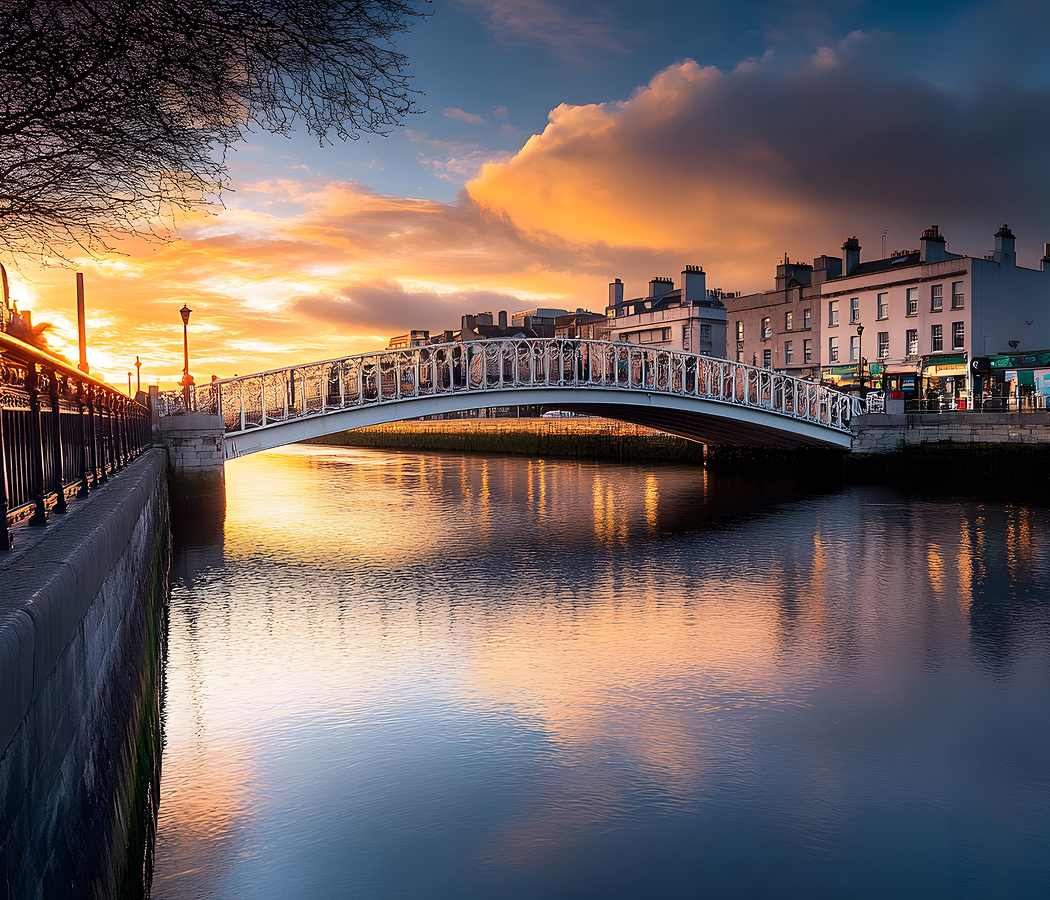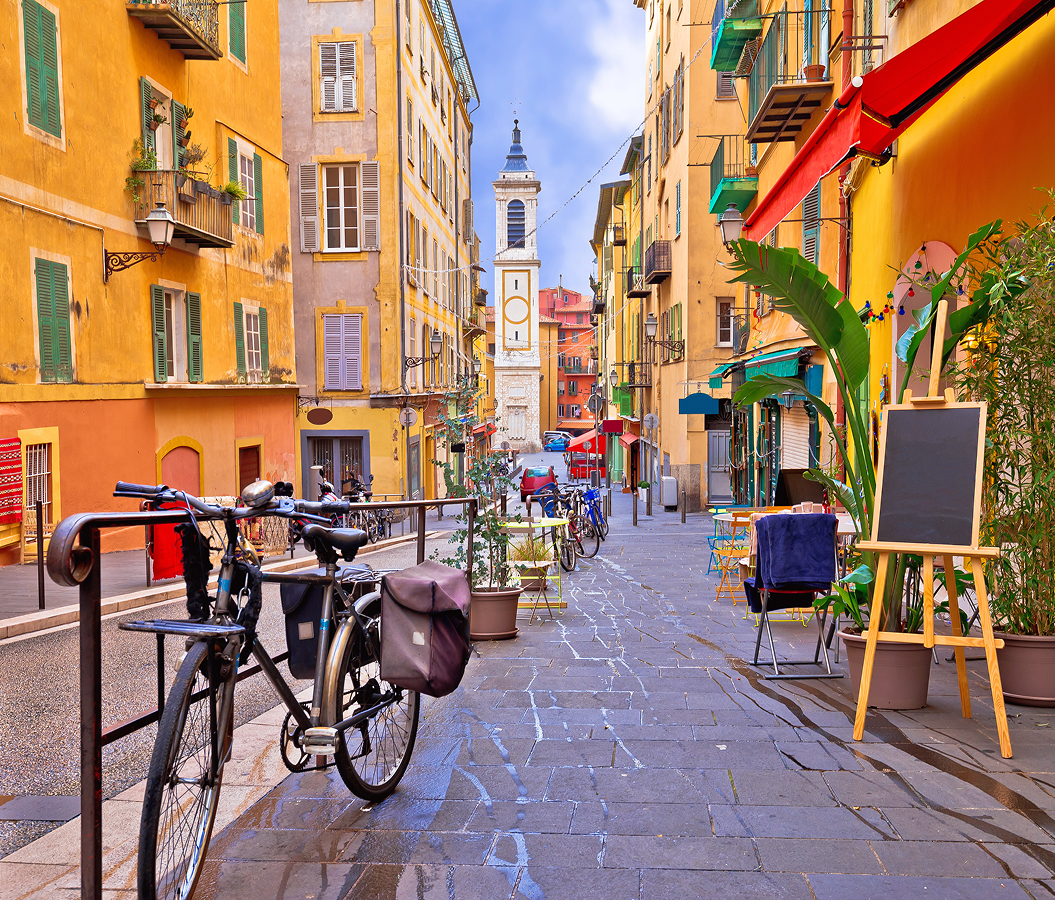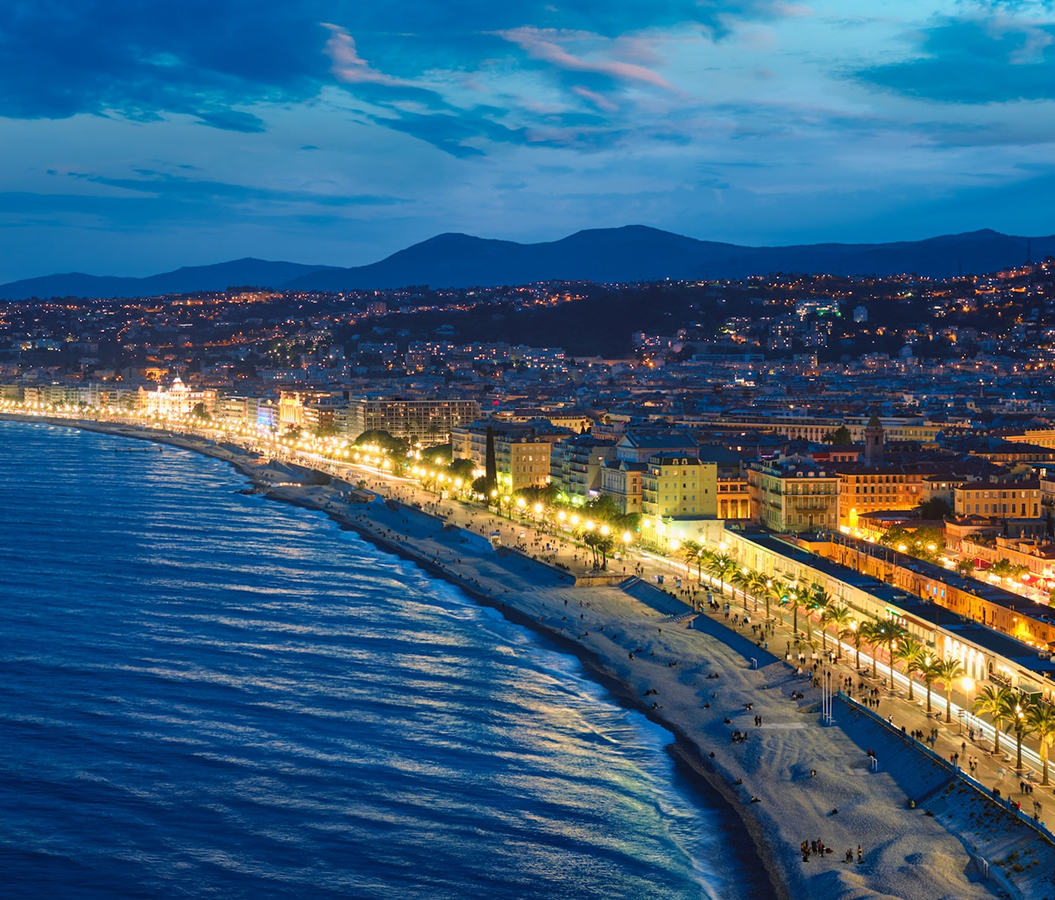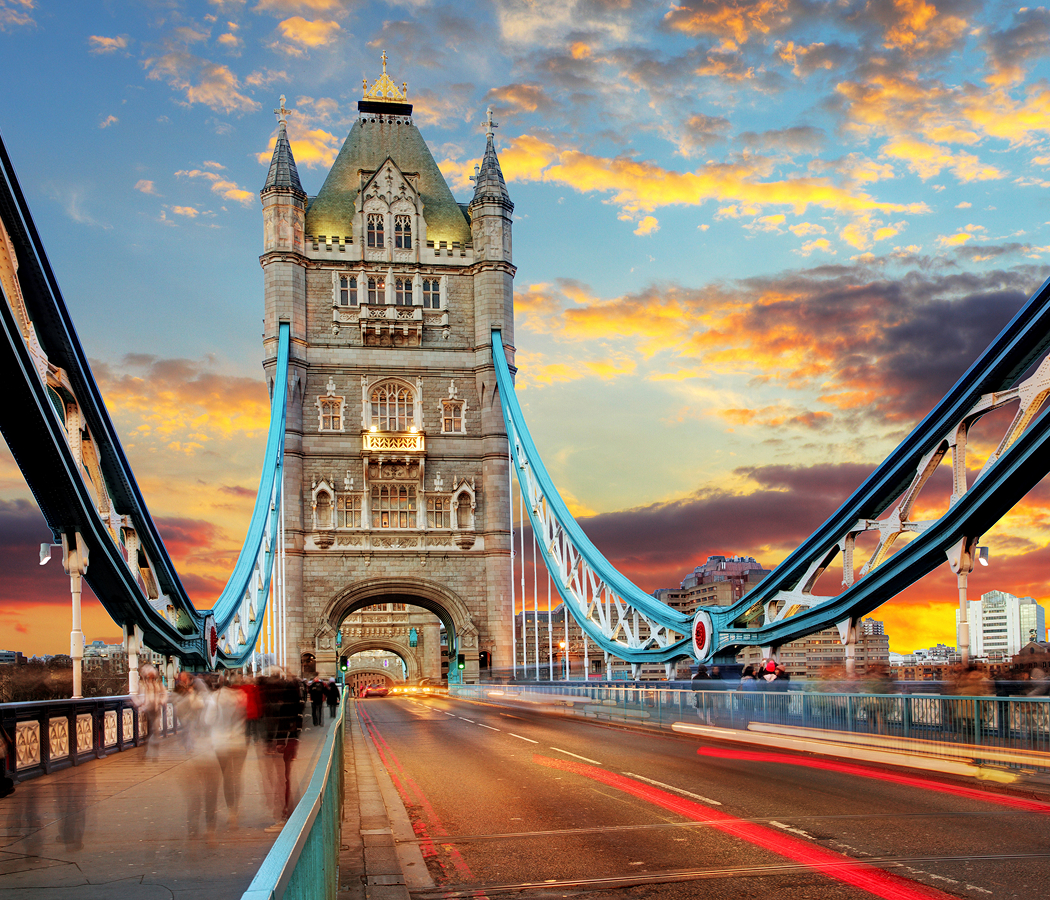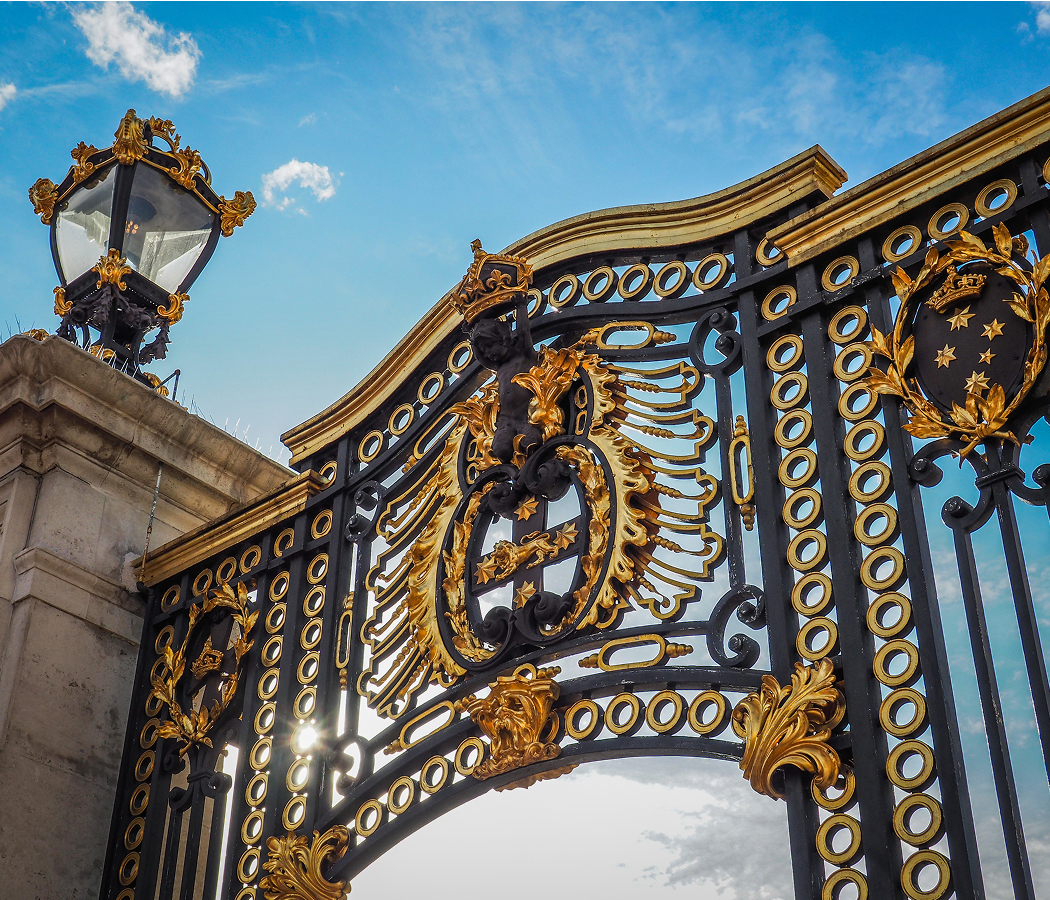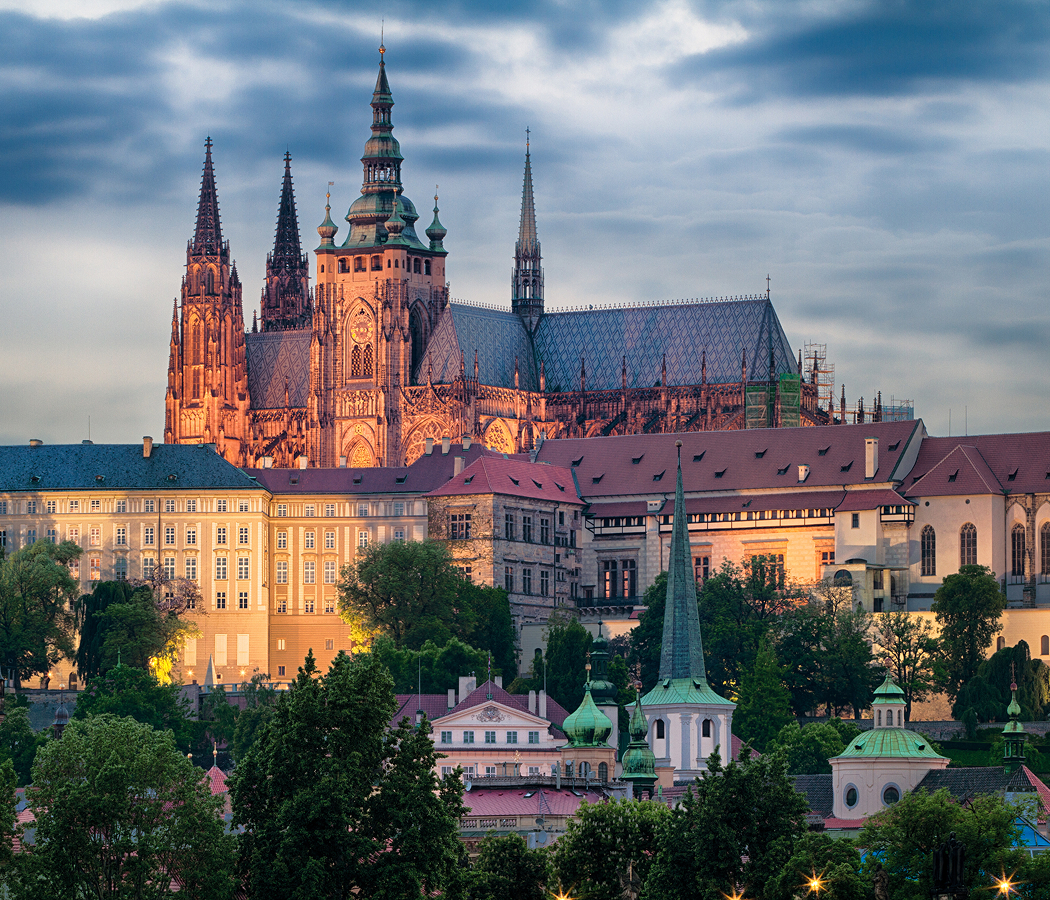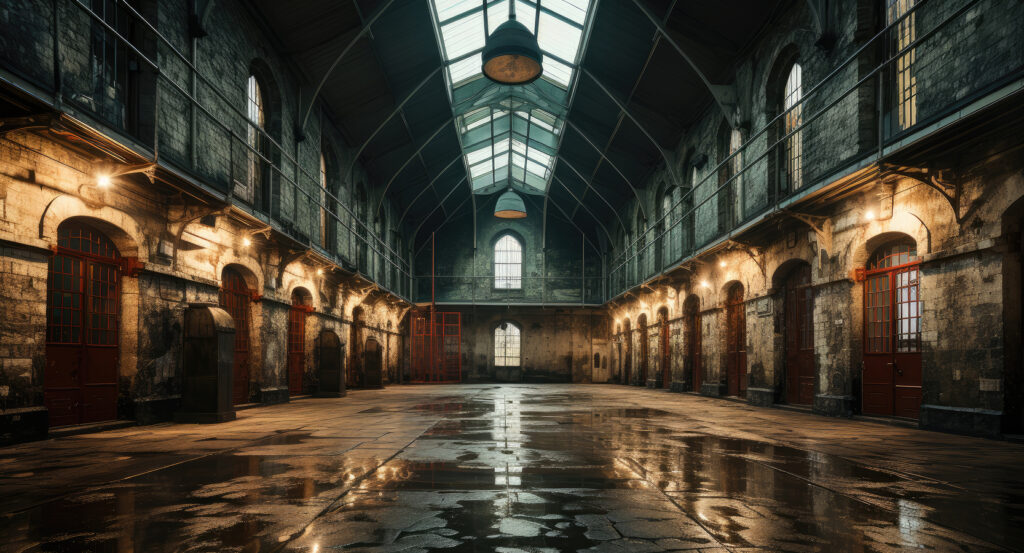
Why you should experience Kilmainham Gaol in Dublin.
In the storied heart of Dublin, where every stone seems to echo Ireland’s long struggle for freedom, Kilmainham Gaol stands as one of the country’s most haunting and powerful monuments.
This immense 18th-century prison is far more than a relic of incarceration, it is a sacred space in the nation’s collective memory, a place where courage, tragedy, and conviction intertwine. Walking through its heavy iron doors, the air feels thick with history. Sunlight filters through narrow skylights, illuminating stark limestone corridors lined with cell doors that once confined Ireland’s greatest heroes, Patrick Pearse, James Connolly, Countess Markievicz, and so many others who led the 1916 Easter Rising. Their footsteps still seem to echo in the silence. The East Wing, with its Victorian-era architecture of arched galleries and iron railings, is hauntingly beautiful, austere, symmetrical, and eerily serene. Every creak of metal and whisper of the wind feels deliberate, like the building itself is speaking. To stand here is to feel the heartbeat of Ireland’s rebellion, not just as a historical event, but as an emotional reckoning. Kilmainham Gaol is not merely a site of imprisonment; it is the crucible of Irish identity, a place where the price of freedom was paid in both blood and belief.
What you didn’t know about Kilmainham Gaol.
When Kilmainham Gaol first opened in 1796, it was considered progressive for its time, designed to replace the squalid conditions of older prisons with a model rooted in discipline, repentance, and moral reform.
Yet, as Ireland’s history unfolded, it became a symbol of something far darker. During the 19th century, the gaol filled with men, women, and even children, some imprisoned for petty theft, others for daring to resist British rule. During the Great Famine, desperate families committed minor crimes just to secure food and shelter within its walls. But it was the Easter Rising of 1916 that forever sealed Kilmainham’s place in Irish history. After the rebellion was crushed, fourteen leaders, including Patrick Pearse, Joseph Plunkett, and James Connolly, were executed by firing squad in the prison’s stone yard, their deaths igniting public outrage and transforming a failed insurrection into a revolution. Few realize that Grace Gifford, the fiancée of Joseph Plunkett, married him in the prison chapel just hours before his execution, one of the most poignant stories of love and loss in modern Irish history. After Ireland gained independence, the gaol was abandoned and fell into ruin, its halls silent and decaying. It wasn’t until the 1960s, through the tireless efforts of volunteers from the Kilmainham Gaol Restoration Society, that it was revived and reopened as a museum, not to glorify violence, but to honor the human spirit that endured within its walls. Today, its cold cells and empty corridors serve as both memorial and warning, a reminder that freedom is never born without sacrifice.
How to fold Kilmainham Gaol into your trip.
A visit to Kilmainham Gaol is one of the most profound experiences you can have in Dublin, a pilgrimage through the nation’s struggle for justice and independence.
Start by booking your tickets in advance, as the guided tours are essential and often sell out quickly. When you arrive, the somber exterior of gray stone sets the tone before you even step inside. The guided experience begins with the smaller, older sections of the gaol, where flickering lanterns and cold stone walls immerse you in the grim realities of 18th-century prison life. As you move deeper into the structure, the narrative unfolds, from the rise of Irish nationalism to the executions that galvanized a nation. The tour culminates in the Stonebreakers’ Yard, where the 1916 leaders were executed; standing there in the quiet, you can almost feel the weight of history pressing in. Take time in the museum gallery, which houses letters, personal effects, and poignant portraits of the prisoners who once walked these halls. Afterwards, step outside and walk along the nearby Royal Hospital Kilmainham grounds or across to the Irish Museum of Modern Art, both set amid serene gardens, a striking contrast to the solemnity of the gaol. Visiting Kilmainham Gaol is not just about seeing where history happened, it’s about feeling it, carrying its lessons forward, and understanding the resilience of a people who refused to surrender their humanity, even behind bars.
Hear it from the Foresyte community.
Not your typical tourist vibe. It’s cold, it’s dark, and it hits you hard. You leave thinking about freedom in a totally different way.
Where meaningful travel begins.
Start your journey with Foresyte, where the planning is part of the magic.
Discover the experiences that matter most.

